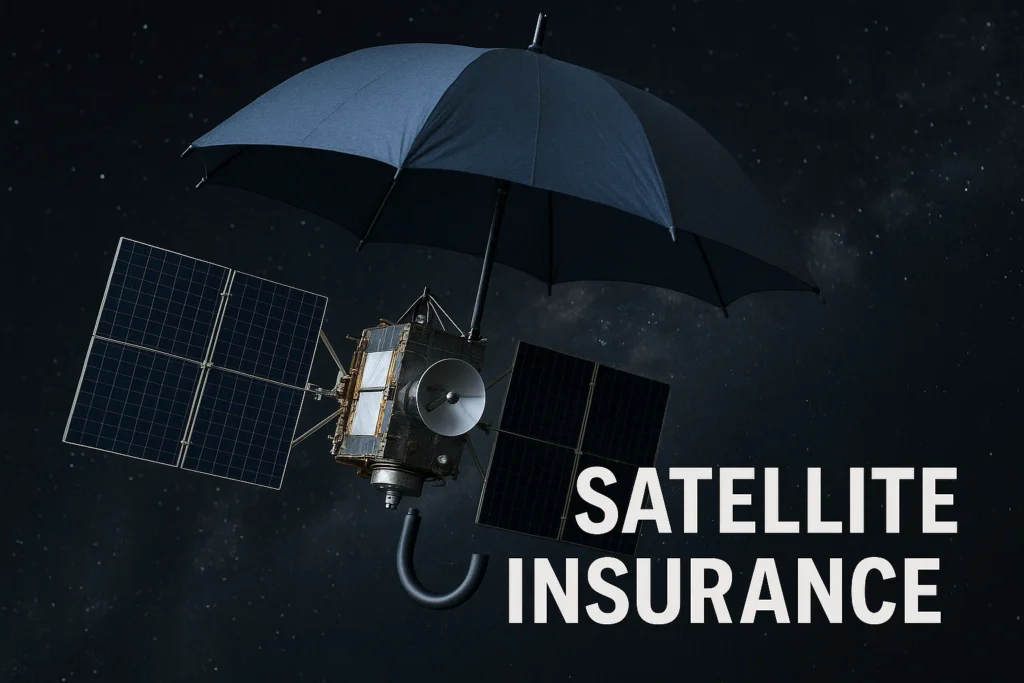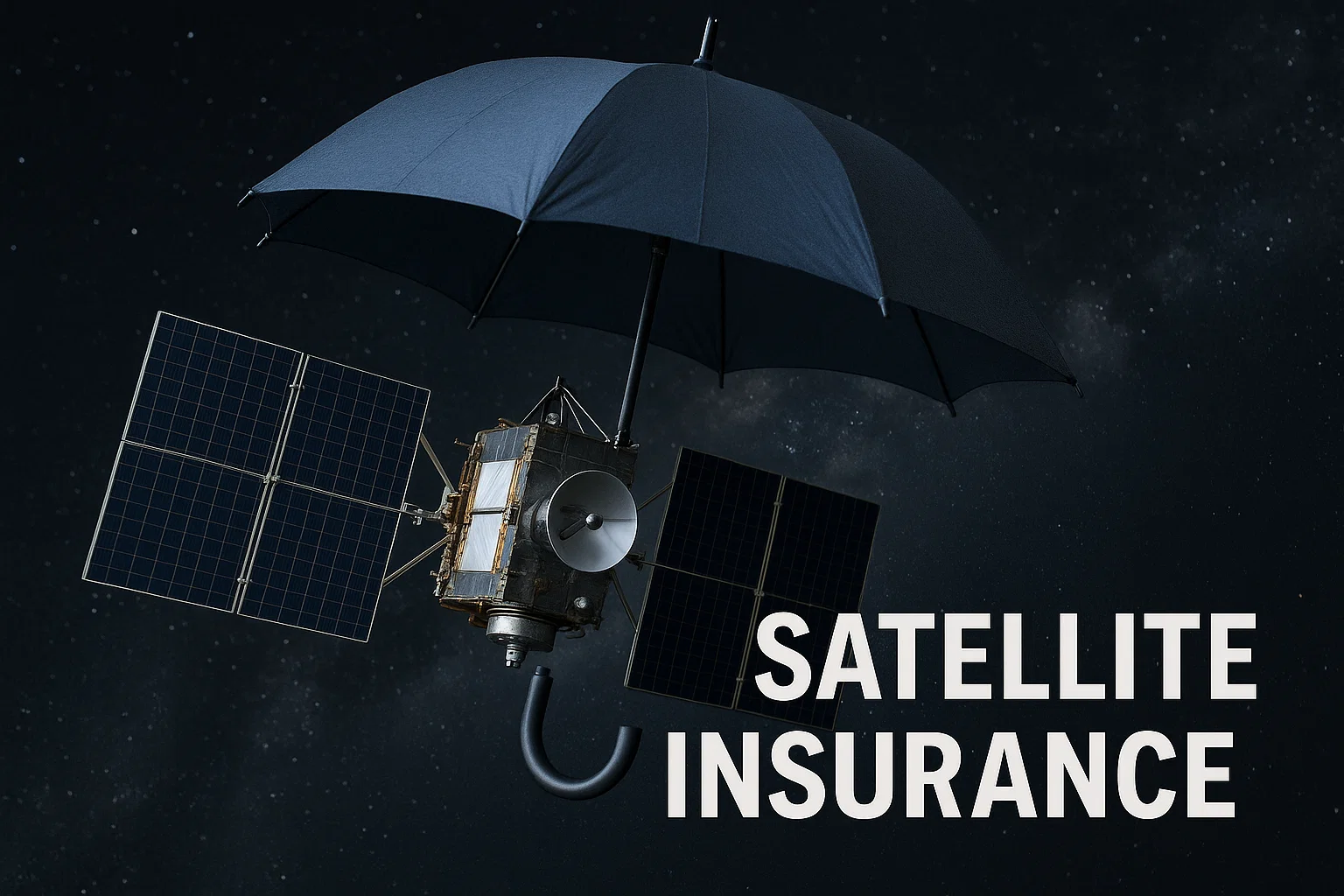
Orbit-Covered: A Global Guide to Satellite Insurance and How to Secure It
The rise of the space economy has transformed satellites from rare, government-only assets into commercial tools for communication, weather forecasting, remote sensing, and defense. As more private and public organizations launch satellites into Earth’s orbit, the risks involved—ranging from launch failures to in-orbit collisions and space weather events—have made satellite insurance an indispensable part of mission planning. From Elon Musk’s SpaceX to smaller startups deploying nanosatellites, the industry recognizes the financial and operational imperatives of having robust insurance coverage.
This article explores satellite insurance on a global scale: what it is, why it matters, who provides it, how to join the coverage ecosystem, and where to apply for policies. It serves as a comprehensive guide for satellite operators, insurers, and stakeholders venturing into space.
What Is Satellite Insurance?
Satellite insurance is a highly specialized form of coverage designed to protect satellite operators and owners from financial losses related to satellite missions. It typically includes three main phases:
Launch Insurance: Covers the period from liftoff to satellite separation from the launch vehicle. Losses during this stage are often catastrophic and the most expensive.
In-Orbit Insurance: Provides coverage for operational satellites, guarding against risks like malfunctions, system failures, or space debris collisions during their lifespan.
Third-Party Liability Insurance: Required by international treaties, this protects against liabilities caused by the satellite to third parties (e.g., damage caused by falling debris or signal interference).
Why Satellite Insurance Is Crucial
- High Costs: Launches cost tens to hundreds of millions of dollars. Insurance reduces the financial impact of mission failures.
- Space Risks: Satellites face risks from solar radiation, micrometeoroids, cyber-attacks, and technical failures.
- Regulatory Requirements: Governments often mandate liability insurance for space launches.
- Investor Confidence: Insured missions are more likely to secure funding from investors and stakeholders.
Key Providers of Satellite Insurance Worldwide
Several global firms specialize in satellite insurance. These companies either underwrite the policies directly or act as brokers. Below are some of the most prominent players:
AXA XL (a division of AXA Group)
Services: Offers comprehensive launch and in-orbit insurance solutions.
Coverage: Launch failure, in-orbit damage, third-party liability.
Website: https://axaxl.com
How to Apply: Contact their aerospace division via the site or through a space insurance broker.
Marsh McLennan
Services: Offers brokering for satellite insurance through its Space Projects division.
Coverage: Turnkey coverage solutions including pre-launch, launch, and in-orbit risks.
Website: https://www.marsh.com
How to Apply: Use the contact form under “Industries > Aviation & Aerospace.”
Willis Towers Watson (WTW)
Services: Offers risk analysis, satellite insurance placement, and claims support.
Coverage: Launch phase, early-orbit phase, in-orbit operations, third-party liability.
Website: https://www.wtwco.com
How to Apply: Go to the Aerospace Insurance section and submit an inquiry.
Atrium Space Insurance Consortium (ASIC)
Services: Offers underwriting for both launch and in-orbit coverage.
Unique Feature: Focuses solely on space-related insurance risks.
Website: https://atrium-underwriters.com
How to Apply: Contact via the Lloyd’s of London syndicate information.
Swiss Re Corporate Solutions
Services: Provides tailored space insurance with risk-sharing solutions.
Coverage: Comprehensive space mission coverage including third-party liabilities.
Website: https://corporatesolutions.swissre.com
How to Apply: Reach out to their aerospace insurance team through the corporate website.
How to Join the Satellite Insurance Ecosystem
Joining the satellite insurance ecosystem involves a series of structured steps. Whether you are an individual investor, a startup, or a national agency, the following process applies:
Assess Mission Risk
Before applying for coverage, satellite operators must undergo detailed risk assessments. This includes evaluating:
- Launch vehicle history and reliability
- Satellite manufacturer records
- Orbit path and debris risks
- Intended satellite lifespan and use
- Ground control and telemetry systems
This stage often involves hiring third-party risk assessment consultants or working with brokers affiliated with insurers.
Choose Insurance Type and Coverage
Based on mission complexity and duration, the satellite owner selects from:
- Single-Phase Coverage (e.g., launch only)
- Multi-Phase Coverage (e.g., launch + in-orbit + liability)
- Custom Policies (e.g., constellation coverage for LEO satellites)
Premiums vary widely but can range between 10-20% of the satellite’s value for launch-only insurance and around 1-5% annually for in-orbit insurance.
Engage a Broker or Direct Provider
In most cases, especially for newcomers, it’s advisable to work with a broker who specializes in space insurance. Brokers liaise between clients and underwriters to:
- Compare quotes
- Negotiate terms
- Customize policy clauses
- Provide claim assistance
Top brokers include Marsh, WTW, and JLT Aerospace.
Submit a Proposal
Applicants must submit a detailed insurance proposal, including:
- Satellite specifications and schematics
- Technical partner credentials
- Launch schedule and provider
- Mission objectives
- Previous mission history (if applicable)
This proposal undergoes underwriting review and risk scoring.
Policy Agreement and Issuance
Once both parties agree on terms, a policy is signed. This includes:
- Policy period (e.g., from launch date until end-of-life)
- Covered events and exclusions
- Limits of liability and insured amount
- Premiums and payment schedules
Monitoring and Compliance
After issuance, some insurers require ongoing updates, including telemetry data, operational reports, and software updates to validate ongoing compliance with safety protocols.
Global Trends in Satellite Insurance
As the satellite industry evolves, insurance is adapting to cover new challenges:
LEO Constellations: Insurers are tailoring packages for bulk satellite launches like Starlink and OneWeb.
New Entrants: Developing countries and university-led space missions are entering the insurance market.
Cybersecurity: Policies now include hacking risks, given the vulnerabilities of satellite control systems.
Reusable Rockets: Launch insurance is evolving as companies like SpaceX normalize reusability.
Regulatory and Legal Framework
Satellite insurance is influenced by several international treaties and guidelines:
- Outer Space Treaty (1967): Holds nations responsible for damage caused by their space objects.
- Liability Convention (1972): Requires compensation for third-party damage caused by space objects.
- National Laws: Countries like the US, UK, and France mandate minimum insurance for satellite launch approvals.
Educational and Application Resources
Those interested in learning or applying for satellite insurance can explore these resources:
- Lloyd’s of London Space Directory: https://www.lloyds.com
- Space Risk Study Group (IAA): https://iaaspace.org
- Satellite Industry Association (SIA): https://sia.org
- ESA Insurance Guidelines: https://www.esa.int
As satellite deployment becomes more commercialized and widespread, the importance of satellite insurance cannot be overstated. Whether you’re a university launching a cubesat or a multinational deploying a geostationary satellite, protecting your investment through comprehensive insurance is essential. Understanding the types of coverage available, selecting the right provider, and navigating the application process ensures that your mission—scientific, commercial, or governmental—has the financial backing to weather any space-related uncertainty.
For a venture aimed quite literally at the stars, a solid ground of insurance is not just a precaution—it’s a necessity.
